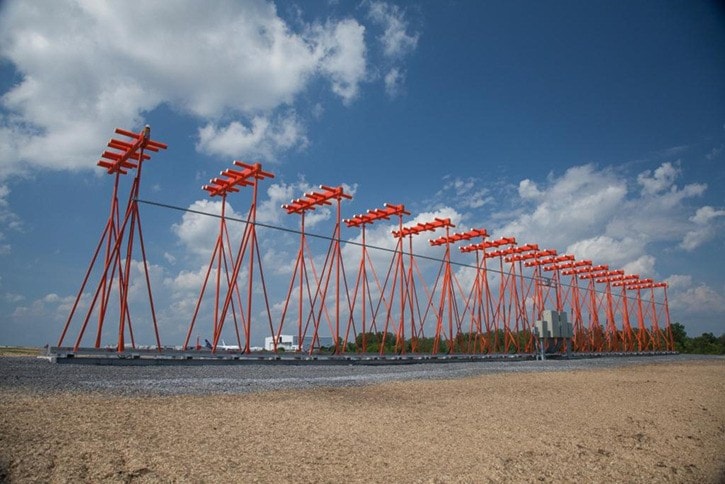FLIGHTS in and out of Northwest Regional Airport were disrupted twice last week when the aging instrument landing system maintained by the not-for profit agency NavCanada failed.
The instrument landing system guides pilots in on a specific glide path approach, meaning that they can descend to lower altitudes before making visual contact with the runway than would otherwise be the case during periods of inclement weather.
The first failure occurred April 15 and the second the evening of April 17, said airport manager Carman Hendry.
In both circumstances landings were canceled as were departures, leaving airlines scrambling to deal with passengers and to rebook them once the system was back in operation.
The April 15 failure, for instance, stranded hockey fans on their way to the first game of the Stanley Cup playoff series between the Vancouver Canucks and the Calgary Flames.
Some incoming flights were diverted to other airports while some passengers expecting to fly out, ended up driving elsewhere to board flights.
Regional carriers Hawkair and Central Mountain Airlines as well as Westjet and Air Canada all operate regularly scheduled flights out of the airport.
“The equipment is at the end of its life cycle and there are some rubber coverings of connections but moisture was getting in,” said Hendry of one of the problems affecting the instrument landing system.
Replacements have been ordered and will be installed as soon as possible, he said.
Last week’s failures were the second and third in the past two months.
First installed in 2002, the instrument landing system has dramatically reduced the number of missed flights at the Northwest Regional Airport, eliminating a reputation it had for a very difficult airport to reach.
The instrument landing system is due for replacement the end of June and the project will take eight weeks during which time the current system will be out of operation.
NavCanada official Ron Singer said the summer period has better weather than other times of the year, decreasing the chances of inclement conditions affecting flights.
“The system is at the end of its life cycle,” he said. “The replacement has been planned for some time and it will increase reliability and reduce maintenance costs.”
Replaced will be antenna structures and equipment giving pilots horizontal as well as vertical information.
“It’s quite large equipment,” said Singer of the equipment.
During the replacement period, pilots will be able to use non-precision approaches, published descent guides which can take them to the airport without the full need of ground-based equipment.
But they cannot descend as low as they can with an instrument system before having to establish visual contact with the runway.
